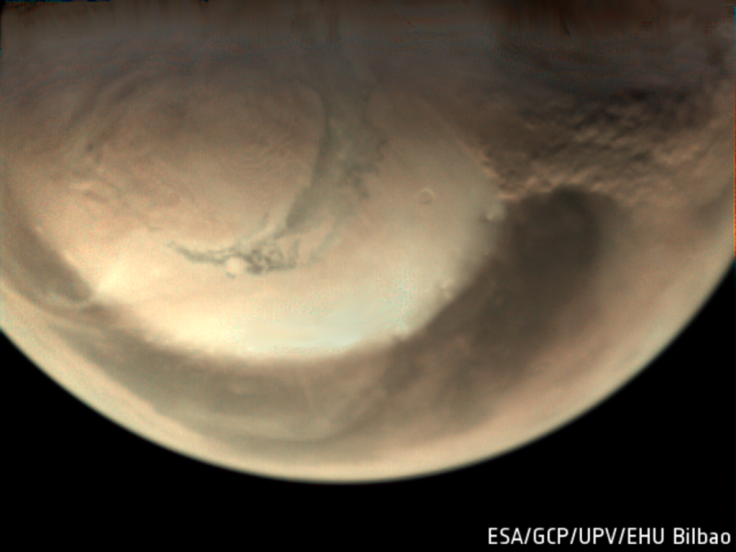Scientists Offer Solution To Make Mars Human Colony Possible

Researchers from Harvard University and NASA have come up with a possible solution to make Mars habitable. Their proposal involves creating something similar to an artificial atmosphere on Mars using existing technology from NASA.
As NASA plans to proceed with human missions to Mars by 2030s, the space agency has identified two key problems that can prevent life from thriving on the Red Planet. These are Mars’ extremely low temperatures and the high level of radiation exposure from the Sun, VOA reported.
For NASA, these two factors make living on Mars almost impossible for humans.
Through a new study published in Nature Astronomy, the researchers led by Laura Kerber of NASA’s Jet Propulsion Laboratory wrote that aerogel can be used the create a protective layer on Mars to ensure the survival of living organisms.
According to NASA, aerogel is one of the lightest solid materials known to humans. It is made primarily of silica, which is the same material commonly found in glass. The space agency has been using aerogel as an insulator for its Mars vehicles to protect them from the planet’s harsh environment.
Through an experiment that involved simulating Mars’ environment inside a laboratory, the researchers discovered that a protective layer of aerogel is capable of raising the temperature to 65 degrees Celsius. The researchers noted that at this temperature, the ice on Mars would melt.
Furthermore, aerogel is capable of blocking out radiation from ultraviolet light while still allowing sunlight to pass through. Aside from protecting living organisms from radiation, it also allows photosynthesis to happen, which is the plants’ natural way of deriving energy from the Sun.
For its application, the researchers suggested using aerogel layers that are about 2 to 3 centimeters thick to create shield-like structures on different areas on Mars. These protected areas can then serve as shelters for humans as well as greenhouses for crops that can be used for food.
According to the researchers, the use of aerogel is a more viable approach than changing the entire atmosphere of Mars.
“This regional approach to making Mars habitable is much more achievable than global atmospheric modification,” the researcher wrote in the study. “In addition, it can be developed systematically, starting from minimal resources, and can be further tested in extreme environments on Earth today.”
© Copyright IBTimes 2024. All rights reserved.





















